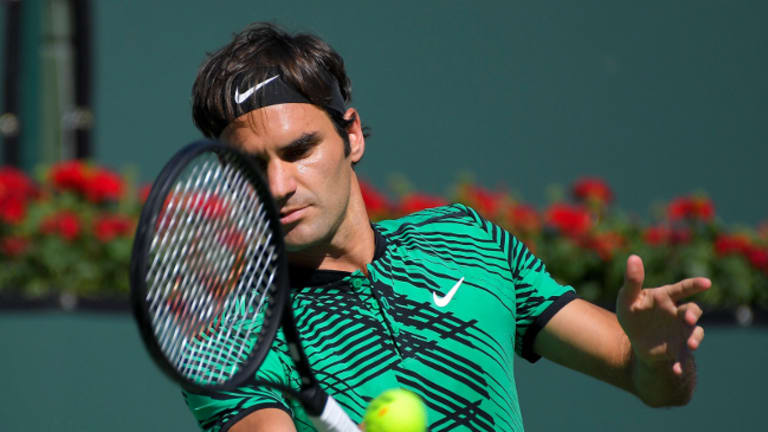Svetlana Kuznetsova had won the first set from Elena Vesnina, 8-6 in a tiebreaker, on a lucky net-cord winner. She had broken her demoralized opponent to start the second set, and was now up 3-1 and serving at 40-15. Kuznetsova had won 17 WTA singles titles during her 14-year career; Vesnina, a doubles specialist for most of hers, had won two. Everything seemed to point to a Kuznetsova win.
When she tossed the ball to serve at 40-15, though, something changed. Specifically, Kuznetsova’s grunt changed. Out of nowhere, it became deeper, more pronounced, more guttural. It sounded like the grunt of someone who was laboring mightily just to put the ball over the net, not cruising to an inevitable victory.
Kuznetsova’s grunt didn’t lie. She double-faulted on that point, and while she still held serve for 4-1, the set soon began to slip away from her. Up until that point, she had been the stronger player and more daring shotmaker. But now the errors began to flow. Vesnina, with nothing to lose, and seeing Kuznetsova struggle to cross the finish line, found a second wind and began following it to the net. At 2-4, Vesnina crunched a backhand winner down the line and broke serve. Now she was the stronger player and the more daring shotmaker. Kuznetsova has a reputation for giving back leads in big matches, and that reputation preceded her.
“I was playing a bit more free when I was down in the score, and I think Svetlana got a little tight,” Vesnina said. “And I saw that.”
“I just went and took my chances, I was just trying to be aggressive,” she added. “When me dad [Sergey, who is also her coach] came on court, he said, ‘Don’t try to play so deep with Svetlana. Try to play wide, short angles, and then come to the net.’ It worked.”
